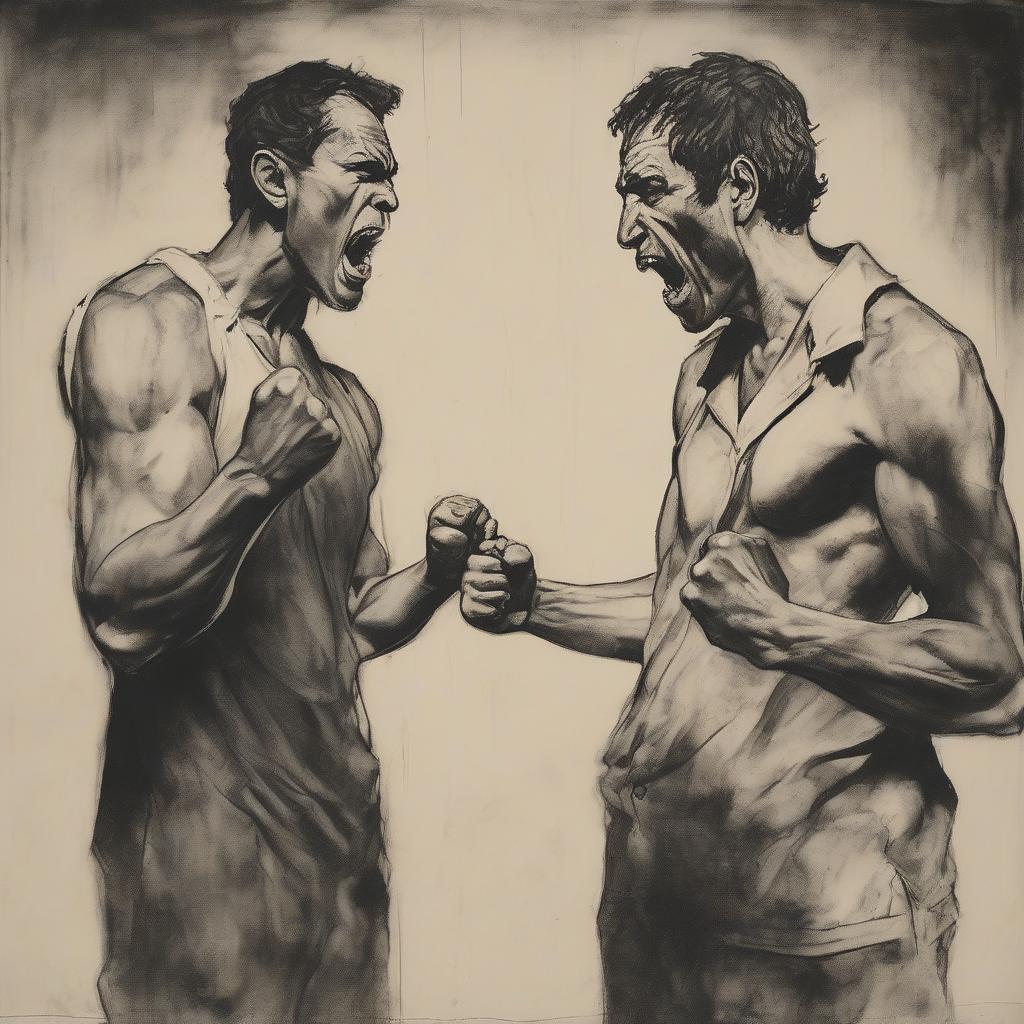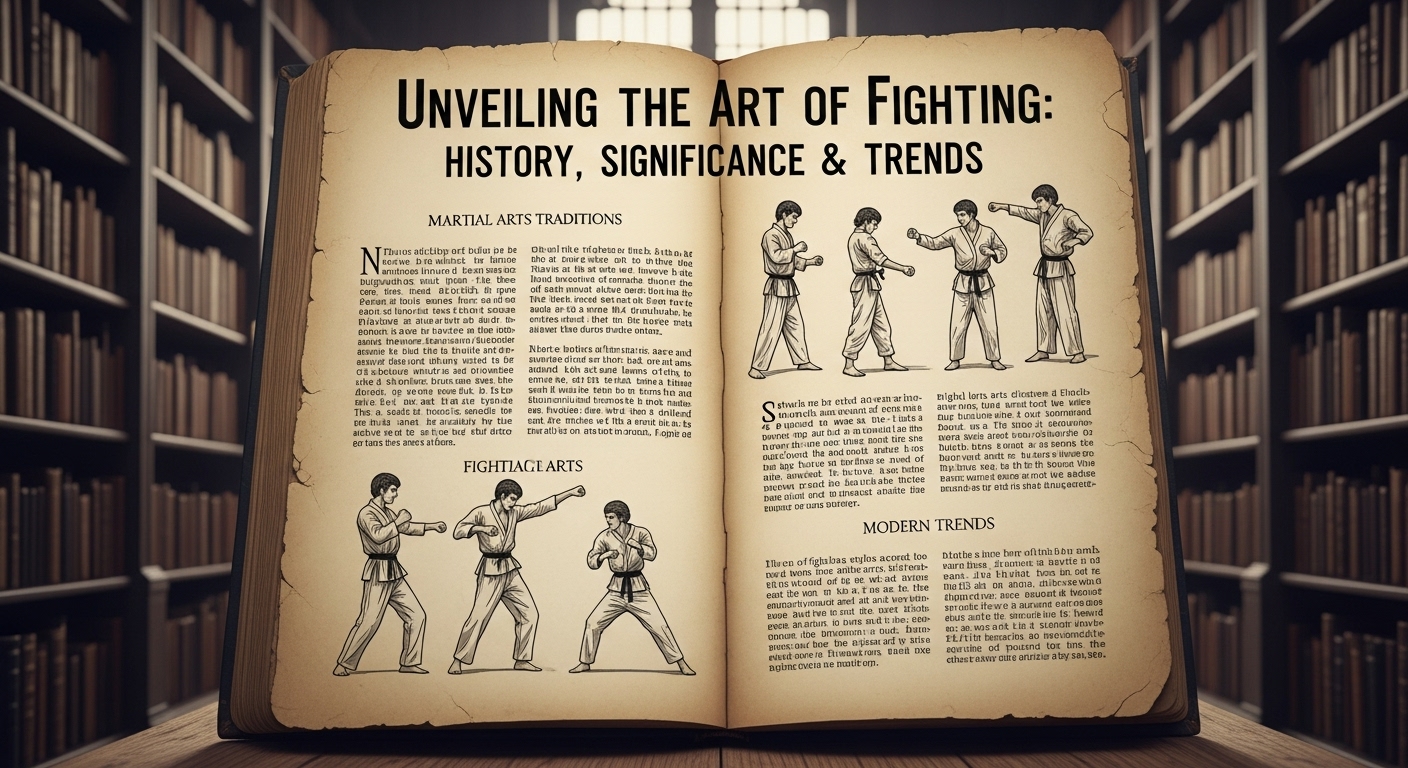Ah, fighting. It stirs up images of intense physical combat, where fists fly, and adrenaline pumps through your veins. But beyond the clashing swords and hardened knuckles, fighting morphs into something more—a concept that touches on survival, resistance, even resilience. It’s not just in the ring or on the battlefield but in everyday life, relationships, and personal growth.
The Many Faces of Fighting
When you hear ‘fighting,’ what pops into your head? A boxing match, perhaps? Or maybe a couple arguing about who forgot to take out the trash? It’s a word that spans so many situations. Fighting is complex, layered, and not always physical. It’s like a chameleon—it changes based on the context.
Physical Combat: The Raw and the Real
First, let’s talk about the most straightforward form—physical fighting. Whether it’s boxing, MMA, or traditional martial arts, this type of fighting is about skill, power, and often, strategy. It’s fascinating how people can channel their emotions, their very being, into a fight. Check out this Wikipedia page for a deeper dive into the different fighting styles and their histories.
Verbal Sparring: The Art of Words
Then there’s verbal fighting. Words can cut deeper than any knife, and sometimes, they’re used as weapons. Arguments between partners, debates among friends, and even those heated discussions about politics or sports at a bar. They’re all forms of fighting—just with vocab instead of muscle. A verbal fight can change minds or break bonds.
Internal Struggles: The Silent Battle
But what about those fights that no one else sees? The internal battles we wage within ourselves every day. Fighting anxiety, battling depression, or wrestling with self-doubt. They’re just as real and just as challenging. These personal fights often require more courage than stepping into a ring. Maybe it’s about finding that inner peace or just making it through another day.
Fighting in Relationships
Ah, love—it’s not always a fairy tale. Sometimes, it involves fighting. Not the kind where you’re throwing plates (I hope), but the sort where you’re figuring out how to navigate differences. Fighting in relationships can be constructive if both people are willing to listen and learn. It’s about understanding that sometimes, you have to fight for what you love. And sometimes, you have to fight to let it go.
Healthy vs. Toxic Fighting
Now, not all relationship fights are created equal. Healthy fighting can strengthen a relationship, while toxic fighting can tear it apart. Healthy fighting involves communication, empathy, and compromise. It’s not about winning or losing, but about growth. On the other side, toxic fights often involve blame, manipulation, and disrespect. Know the difference. Healthy relationships should make you feel safe, not constantly on edge.
Resolving Conflicts
So, how do you resolve those conflicts without blowing up your relationship? Start by listening—really listening. Not just waiting for your turn to speak. Validate your partner’s feelings. Even if you disagree, their feelings are real. Sometimes, it might be helpful to bring in a third party, like a therapist, to mediate. And remember, it’s okay to walk away temporarily to cool down. Better than saying something regrettable.
Fighting on a Global Scale
Now, zooming out a bit—let’s talk about fighting on a larger scale. Wars, protests, and revolutions. Fighting for justice, equality, freedom. Pretty heavy stuff. But this is where fighting becomes about the collective, rather than the individual. For instance, the global fight against climate change is something that affects us all. People are coming together across borders to combat a common enemy. It’s fighting, but it’s also unity.
The Role of Media in Fighting
Media plays a crucial role in how we perceive and engage in these fights. Social media, news outlets, and even pop culture can shape public opinion and influence actions. The BBC covers various aspects of fighting around the world, offering insights into ongoing conflicts and the struggles people face. You can explore more in-depth topics related to fighting on their news page.
Fighting as a Path to Personal Growth
Strange as it sounds, fighting can lead to growth. It teaches resilience, patience, and humility. Overcoming challenges, whether mental, emotional, or physical, has a way of shaping us. It’s in those moments of struggle where we often find our true selves. Maybe that’s why some people willingly step into a ring—to test their limits, to push past what they thought was possible.
Life Lessons from Martial Arts
Martial arts are particularly enlightening in this regard. It’s not just about kicking and punching; it’s a philosophy. Many martial arts teach discipline, respect, and perseverance. The mind-body connection is strong here. When you’re training, you’re not just strengthening your body; you’re honing your mind and spirit. You can find related topics and resources on various fighting styles and their philosophies over at CreateBooth.
Fighting for a Cause
Ever felt so passionate about something that you’re willing to fight for it? That’s fighting for a cause. It could be anything from animal rights to political reform. These fights can be some of the most rewarding, yet draining. The dedication required, the setbacks faced, the small victories celebrated—they all make up the journey.
The Challenges of Activism
Activism is no walk in the park. It’s not all rallies and banners. There are challenges—getting people to listen, making real change happen, facing opposition. But for many, the fight is worth it. It’s about leaving the world a little better than you found it. And sometimes, that means fighting against the current, pushing back against the status quo.
FAQs about Fighting
- What’s the most effective martial art for self-defense?
Well, this depends on who you ask. Some swear by Brazilian Jiu-Jitsu for its grappling effectiveness, while others prefer Krav Maga for its practical, no-nonsense approach. It’s about what suits you best. - Can verbal fighting ever be healthy?
Absolutely. It’s not the fight itself, but how you fight that matters. If it involves open communication and resolves issues, it can be a healthy part of relationships. - How do people usually resolve big fights in relationships?
Communication, compromise, sometimes a little space. It’s about finding common ground and understanding each other’s perspectives. - Is street fighting considered a martial art?
Not really. Street fighting lacks the structure and discipline of martial arts, though some techniques may overlap. It’s more about survival. - What’s the toughest part about fighting personal battles?
The silence. Personal battles are often fought alone, and that isolation can be the hardest part.
Fighting, in all its forms, is an intriguing part of the human experience. It’s as much about the struggle as it is about the victory, and sometimes, it’s in the fight where we find what we’re truly capable of.


